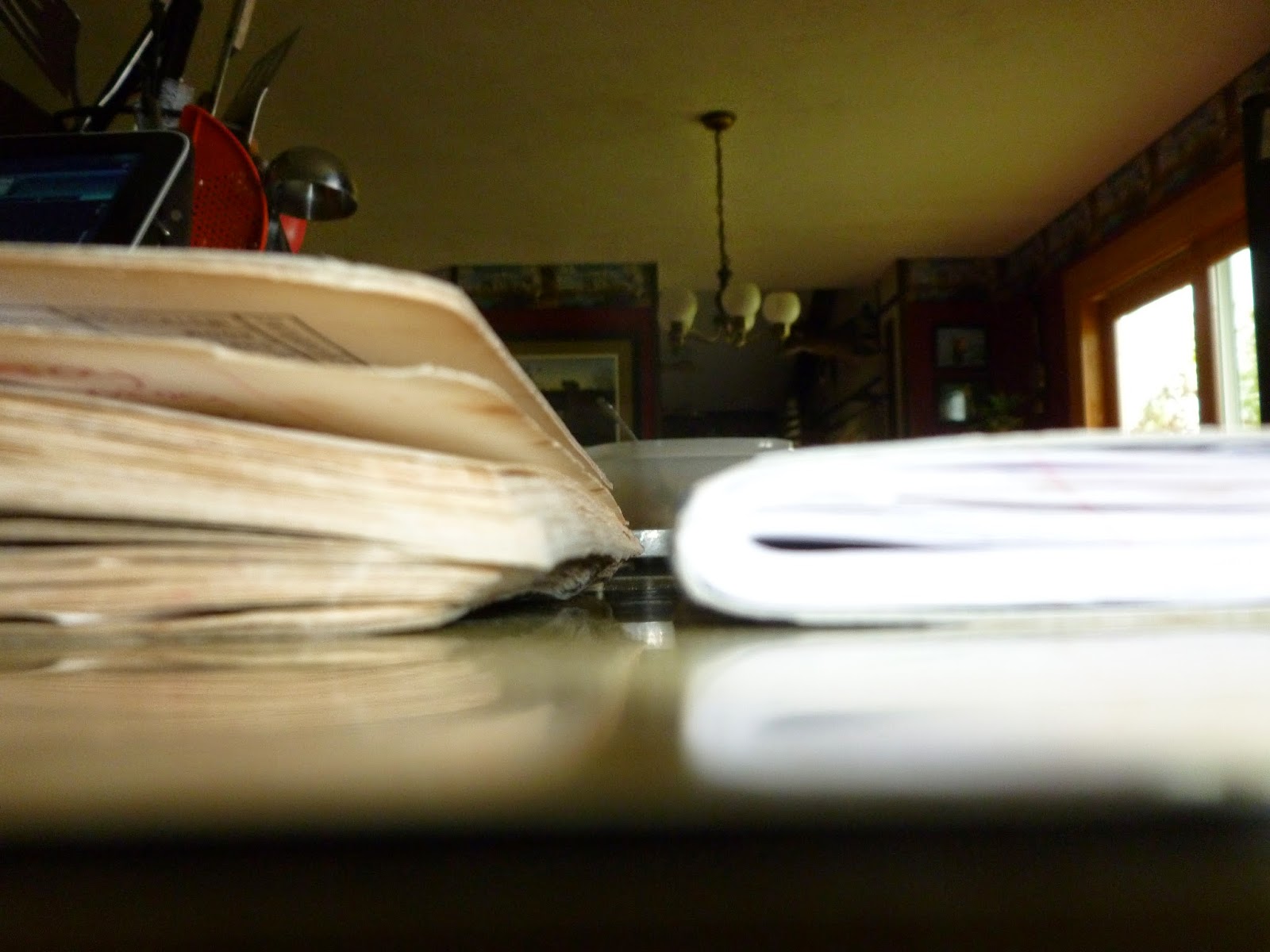I promised
not to wait too long before posting this, and then I went and waited almost a
whole month! And as a matter of fact, I think I might do this as a series,
there’s just so much that I could nerd out about that to do it as a single post
it would be reeeeeally long.
In case you
missed it before, in November I had the opportunity to go to Massachusetts and
visit Sturbridge Village, to learn how to bottom (or attach the soles to)
pegged shoes with their shoemaker there, Peter Oakley.
I was
really excited to go, about 50% because of the learning opportunity and 50%
because this was my first road trip on my own (which almost didn't happen
because I left just as Snow-vember hit Western NY). The drive was great – I made
up a playlist for my iPod and got an audio version of Walden by Henry David
Thoreau to listen to in the car. Armed with snacks and coffee, I was on my way!
I was
fortunate enough to be staying in Sturbridge for free, in the Village’s intern
housing. It’s so close to the Village that the parking lots are actually all
interconnected and if I really wanted to, I could walk. Another great perk of
the Village is that I got free coffee (I’m not even joking. It was so
incredible to get free coffee whenever I wanted that I could have cried tears
of joy) and discounts on food. I had a spectacular gluten free brownie there.
Well, two actually.
Jim (my
coworker, who has been teaching me the parts of shoe-making that are general
leather-working, like constructing the uppers) and I went over to the Sturbridge
Village Visitor’s Center to meet up with the staff-member who was serving as
our liaison to orient us. We met Shaun, who is an awesome shoemaker from Fort
Ticonderoga and then we met Derek, our liaison, who took us to costuming. I had
realized about halfway through the drive to Massachusetts that I had forgotten
my corset at home, so I was feeling pretty ashamed that I had forgotten a
crucial part of my luggage. Still, we managed to sort me out and my back didn't suffer too much from hunching over on
a bench without support. After that we went and
got coffee and then headed to the shoe shop to get to work.
 |
| Photo used courtesy of Shaun Pekar. Peter Oakley is in the background there - a very patient teacher! |
We spent
two days working in the shoe shop, not just learning but also interpreting – it
started to feel a little like being back home in our little Museum. I didn't quite finish my shoe, but all that needs to be done is to put on the heel and
some little cosmetic finishing touches.
I had a
wonderful time, loved the learning experience, and definitely want to go back
to Sturbridge, but perhaps next time as a regular visitor so that I can take
lots of pictures!










